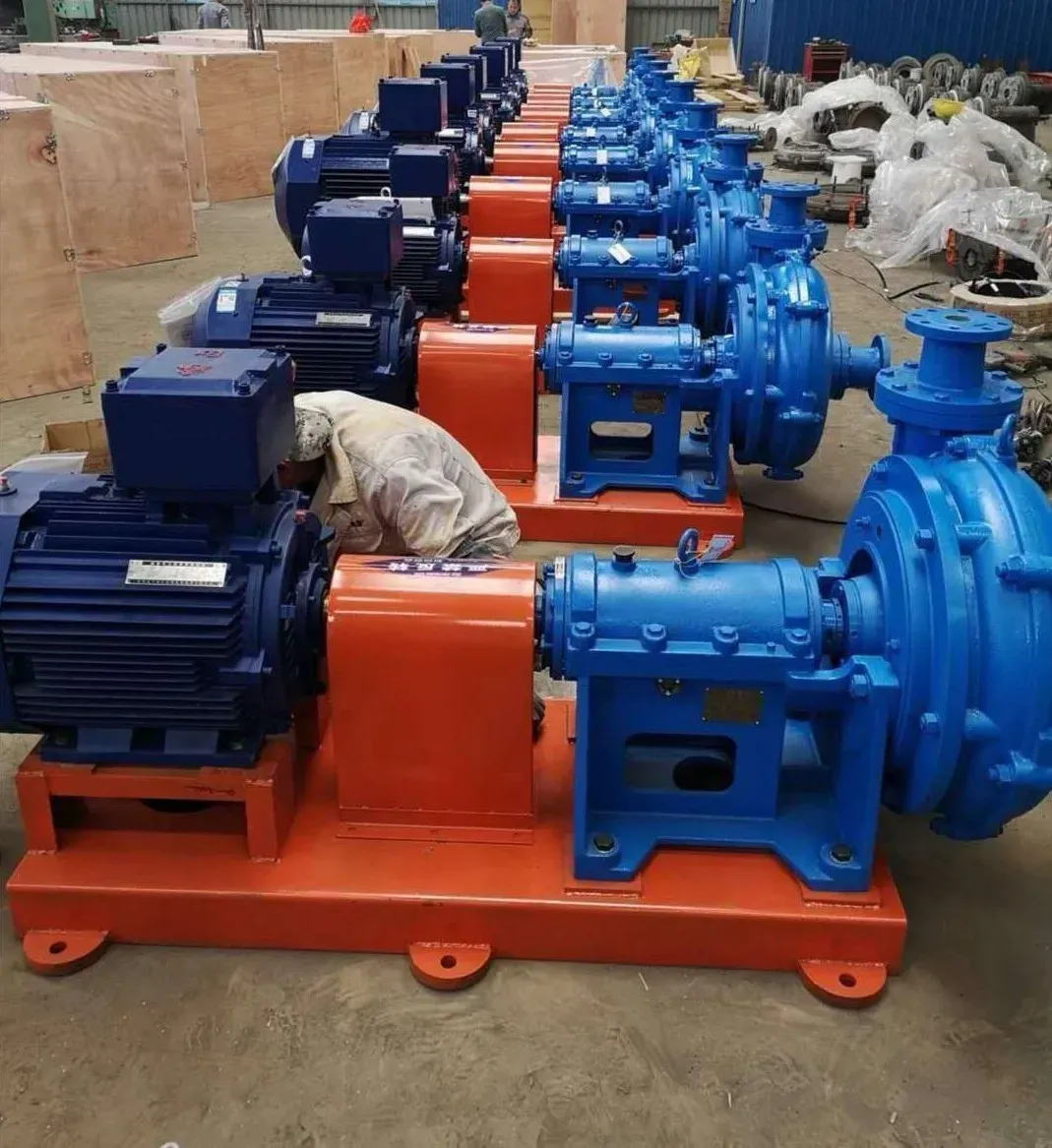English
- Afrikaans
- Albanian
- Amharic
- Arabic
- Armenian
- Azerbaijani
- Basque
- Belarusian
- Bengali
- Bosnian
- Bulgarian
- Catalan
- Cebuano
- Corsican
- Croatian
- Czech
- Danish
- Dutch
- English
- Esperanto
- Estonian
- Finnish
- French
- Frisian
- Galician
- Georgian
- German
- Greek
- Gujarati
- Haitian Creole
- hausa
- hawaiian
- Hebrew
- Hindi
- Miao
- Hungarian
- Icelandic
- igbo
- Indonesian
- irish
- Italian
- Japanese
- Javanese
- Kannada
- kazakh
- Khmer
- Rwandese
- Korean
- Kurdish
- Kyrgyz
- Lao
- Latin
- Latvian
- Lithuanian
- Luxembourgish
- Macedonian
- Malgashi
- Malay
- Malayalam
- Maltese
- Maori
- Marathi
- Mongolian
- Myanmar
- Nepali
- Norwegian
- Norwegian
- Occitan
- Pashto
- Persian
- Polish
- Portuguese
- Punjabi
- Romanian
- Russian
- Samoan
- Scottish Gaelic
- Serbian
- Sesotho
- Shona
- Sindhi
- Sinhala
- Slovak
- Slovenian
- Somali
- Spanish
- Sundanese
- Swahili
- Swedish
- Tagalog
- Tajik
- Tamil
- Tatar
- Telugu
- Thai
- Turkish
- Turkmen
- Ukrainian
- Urdu
- Uighur
- Uzbek
- Vietnamese
- Welsh
- Bantu
- Yiddish
- Yoruba
- Zulu
Telephone: +86 13120555503
Email: frank@cypump.com
Nov . 04, 2024 23:56 Back to list
vacuum slurry pump
Understanding Vacuum Slurry Pumps A Comprehensive Overview
Vacuum slurry pumps have emerged as essential machinery in various industrial processes, particularly in mining, construction, and wastewater treatment. These pumps are designed to handle thick, viscous mixtures that contain solid particles suspended in liquid. The ability of vacuum slurry pumps to efficiently transport such materials sets them apart from standard pumps, making them invaluable in many applications.
What is a Vacuum Slurry Pump?
A vacuum slurry pump is a type of pump specifically engineered to handle slurry— a mixture of liquid and solid particles— under a vacuum. The primary function of these pumps is to create a negative pressure that draws the slurry into the pump, thereby enabling the transportation of difficult-to-move materials. This is particularly beneficial in scenarios where gravity-fed systems are ineffective or when reducing contamination is crucial.
How Do Vacuum Slurry Pumps Work?
The operation of a vacuum slurry pump typically begins with creating a vacuum. This can be achieved using a vacuum generation system that may involve a vacuum pump combined with a sealing mechanism. Once the vacuum is established, atmospheric pressure helps to push the slurry into the pump.
Inside the pump, various mechanisms ensure the slurry is transported efficiently. These can include
1. Impingement Where the solid particles are propelled by a high-speed flow of liquid. 2. Centrifugal Force Using rotating impellers to impart kinetic energy to the slurry, enabling its movement through the pump. 3. Positive Displacement Where fixed volumes of slurry are moved from the inlet to the outlet by mechanical means.
Understanding these mechanisms is critical for selecting the right design based on the specific requirements of the application.
Applications of Vacuum Slurry Pumps
The versatility of vacuum slurry pumps makes them suitable for a wide range of applications
vacuum slurry pump

- Mining and Mineral Processing These pumps can transport various slurries produced during the extraction and processing of minerals, including coal, ore, and tailings. - Construction Industry In construction, vacuum slurry pumps are employed for transporting slurry from construction sites, including cement and concrete mixtures. - Wastewater Treatment They are used to handle sewage sludge and other effluents that consist of solid particles mixed with liquid, facilitating effective waste disposal and treatment processes. - Food and Beverage Industry Certain vacuum slurry pumps are designed to meet sanitary standards, making them suitable for transporting food-grade slurries.
Benefits of Using Vacuum Slurry Pumps
There are several advantages to utilizing vacuum slurry pumps
1. Efficiency in Handling Solids These pumps effectively move slurries with high solid content, reducing the risk of clogging that can occur with traditional pumps. 2. Reduced Risk of Contamination By operating under vacuum conditions, these pumps minimize the exposure of the slurry to external contaminants, maintaining the integrity of the material being transported. 3. Flexibility in Operation Vacuum slurry pumps can be adapted for use in various environments and conditions, including those involving aggressive chemicals or high viscosity levels.
Maintenance and Considerations
While vacuum slurry pumps are robust and designed for heavy-duty applications, regular maintenance is critical to ensuring their longevity and performance. This includes
- Routine checks for wear and tear on seals and impellers. - Monitoring the vacuum levels to ensure optimal performance. - Regular cleaning to prevent buildup of sediments that could lead to blockages.
When selecting a vacuum slurry pump, it is essential to consider factors such as the type of slurry, the variables of the application, and the specific technical specifications required for efficient operation.
Conclusion
Vacuum slurry pumps are a vital component in various industrial sectors, providing the necessary functionality to handle and transport challenging materials. By understanding their working principles, applications, and maintenance requirements, industries can ensure the effective use of these pumps, paving the way for more efficient and cleaner operations. As technology continues to evolve, innovations in pump design and functionality promise to enhance the capabilities of vacuum slurry pumps, further solidifying their importance in modern industrial applications.
-
Reliable Non-Clog Sewage Pumps with GPT-4-Turbo Tech
NewsAug.04,2025
-
High-Performance Air Pumps for Sand & Gravel | Efficient Transport
NewsAug.03,2025
-
ISG Series Vertical Pipeline Pump - Chi Yuan Pumps Co., LTD.|Energy Efficiency, Corrosion Resistance
NewsAug.03,2025
-
ISG Series Pipeline Pump - Chi Yuan Pumps | Energy Efficiency&Compact Design
NewsAug.03,2025
-
ISG Series Vertical Pipeline Pump - Chi Yuan Pumps Co., LTD.|High Efficiency, Low Noise, Durable
NewsAug.02,2025
-
ISG Series Vertical Pipeline Pump - Chi Yuan Pumps | High Efficiency, Low Noise
NewsAug.02,2025










